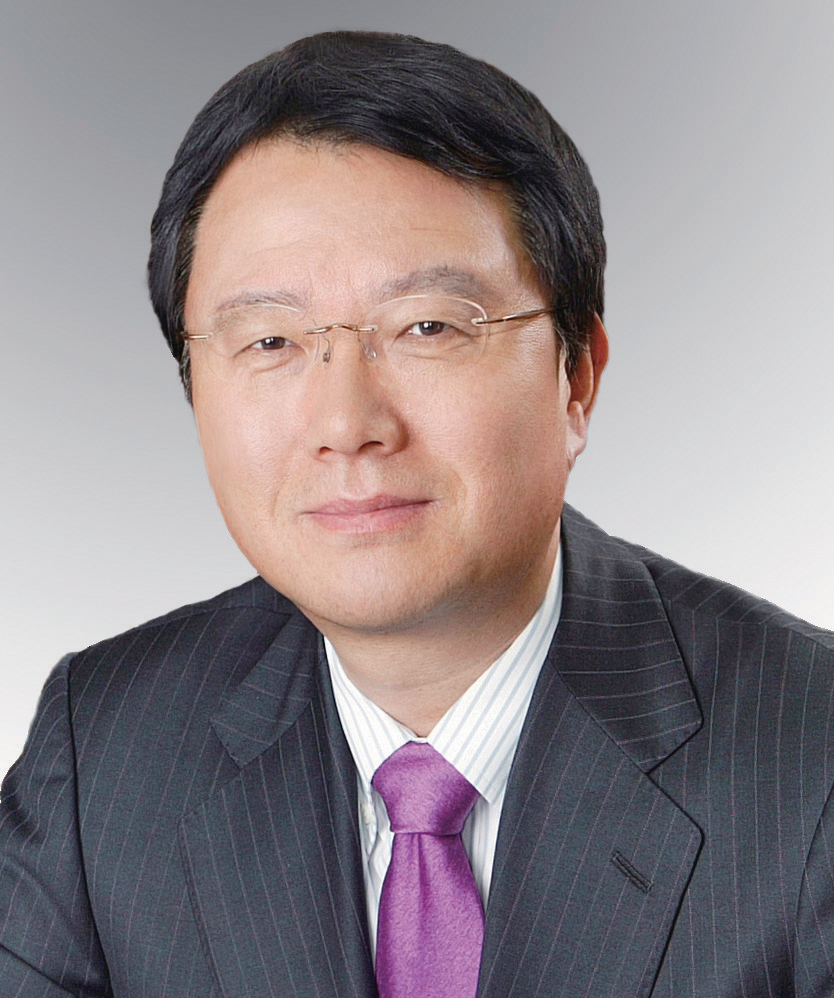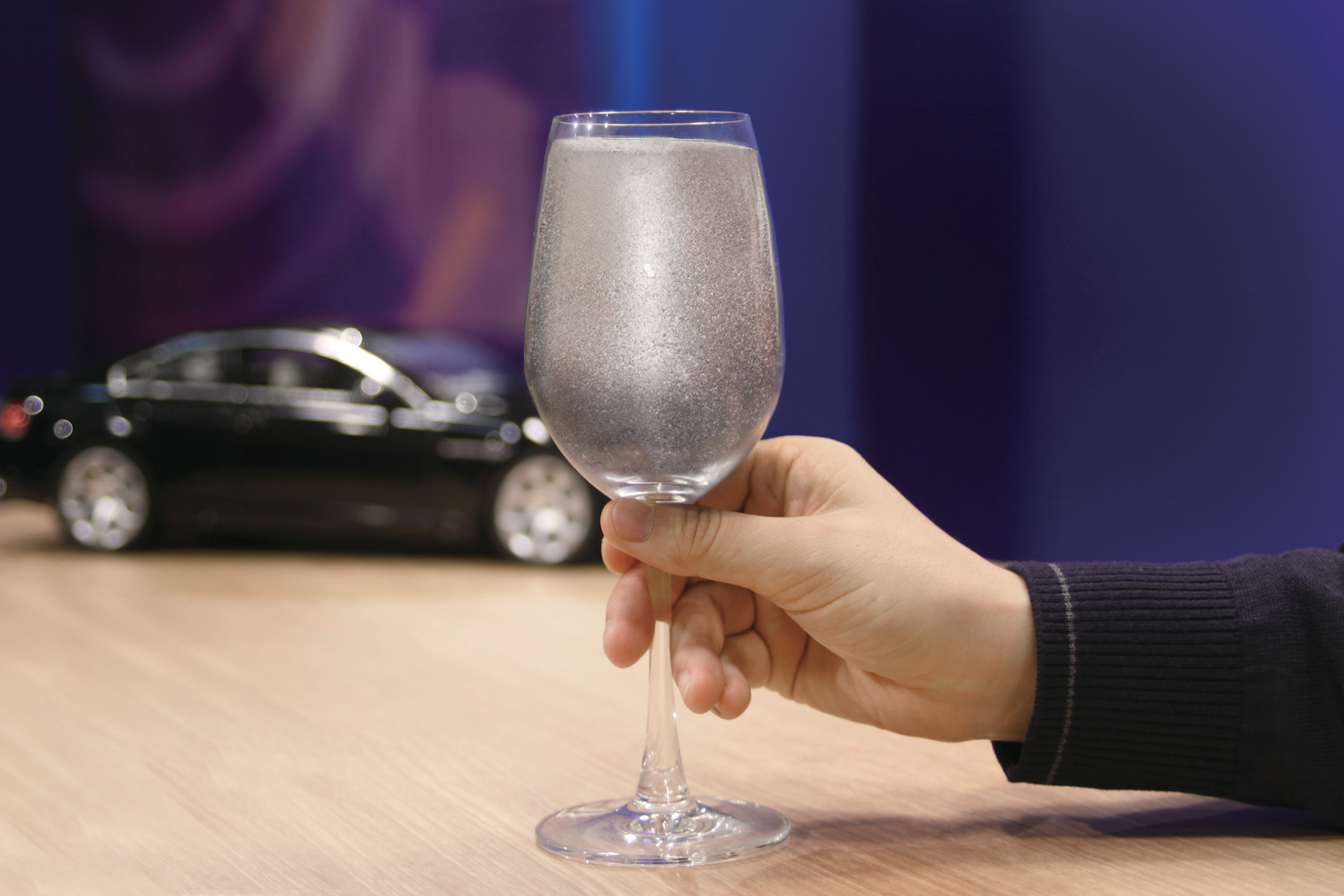SEM Launches 2.2 Microfarad MLCC
Strives to get a jumpstart in the global value-added MLCC market



Samsung Electro-Mechanics (SEM) is set to compete with the Japanese parts maker Murata Manufacturing Co. in an effort to take the upper hand in the global multi-layer ceramic chip (MLCC) market.
SEM is striving to take a controlling share in the global value-added MLCC market by unveiling a series of value-added MLCC products that surpass its rivals by an interval of more than one year.
The Korean electronics parts and materials maker on Oct. 11 announced the development of a 0.6mm-wide, 0.3mm-long, 2.2 microfarad multi-layer ceramic chip using a voltage of 6.3.
MLCC is a core part used to control the flow of electronic currents in electronic products and remove unnecessary signals. The development of MLCCs has been done at an incredible pace compared to other capacitor technologies, thus increasingly replacing film caps. The microfarad (symbolized F) is a unit of capacitance, equivalent to 0.000001 (10 to the -6th power) farad.
The demand for the latest MLCC, developed by SEM, is soaring as such high-capacity capacitance products are used in smartphones and tablet PC products, which have shown signs of remarkable growth.
SEM ranks second with a 20 percent share in the global MLCC market, whose value is estimated to amount to approximately 8 trillion won yearly. The company is competing with front-runner Murata Manufacturing Co. In particular, SEM plans to ramp up its presence in the super-capacitance MLCC market, which is predicted to surge at an annual growth rate of more than 20 percent due to the jumping demand of mobile gadgets.
MLCCs for smartphones and other gadgets are priced at 40 to 50 won apiece. More than 800 MLCCS are used for producing an LCD TV, while churning out a smartphone requires more than 400 MLCCs. SEM's latest version is highly value-added, as the number of MLCCs that would fit in a wine glass would cost more than 300 million won.
SEM earned more than 1 trillion won from the MLCC sector out of 6.97 trillion won the company posted as its total sales during 2010.
Kwon Sang-hoon, managing director at SEM's LCR Development Team, said, "We'll get a jumpstart in the value-added MLCC market, which is on a surge of late, by aggressively pitching our new high-capacity products."
SEM's 2011 PERFORMANCE FIGURES
The company recorded 1.68 trillion won in sales in the second quarter of 2011, down by 2 percent from the previous quarter, and 87.1 billion won in operating profit, 5 percent lower than the figure for the first quarter of 2011. Net profit was 54.1 billion won on a consolidated basis.
Performance was strong in MLCCs, substrates for smart phones and camera modules areas where the company is expanding its market dominance. On the other hand, weak demand for LEDs and power supplies used in TVs lowered overall sales. Moreover, operating profit was hit by fiercer competition triggered by the sluggish IT market, dropping unit prices and a stronger won. Sales dropped by 12 percent and operating profit fell by 72 percent from the same period a year earlier.
Breaking down the sales figure, the LCR Division achieved 433.1 billion won, up 1 percent from a quarter ago, as value-added MLCCs for smart phones saw strong growth. Growing shipments of smart phone substrates raised the sales for the ACI Division by 7 percent quarter over quarter to 376.6 billion won. The OMS Division recorded 208.0 billion won in sales, up 17 percent from the previous quarter, thanks to robust sales of high-resolution camera modules for smart phones. However, the sales figure for the CDS Division was down 13 percent from the first quarter to 381.6 billion won as major customers lowered their demand for TV power supplies.
In the second half, SEM will maximize internal capabilities by expanding marketing activities to attract orders for new products and by improving product quality and productivity. Moreover, resources will be focused on expanding the market share of value-added products such as small-package, high-capacity MLCCs; high-density substrates; and high-resolution camera modules at major customers. The company also plans to secure steady growth momentum through aggressive investment in electric vehicles, new energy sources, bioengineering, and other areas with strong growth potential going forward. nw
(from left) Samsung Electro-Mechanics President Park Jong-woo. Samsung Electro-Mechanics focuses on the development of value-added MLCC products. The value of the latest MLCCs that would fit in a wine glass is estimated at more than 300 million won.
Photos on courtesy of SEM
3Fl, 292-47, Shindang 6-dong, Chung-gu, Seoul, Korea 100-456
Tel : 82-2-2235-6114 / Fax : 82-2-2235-0799